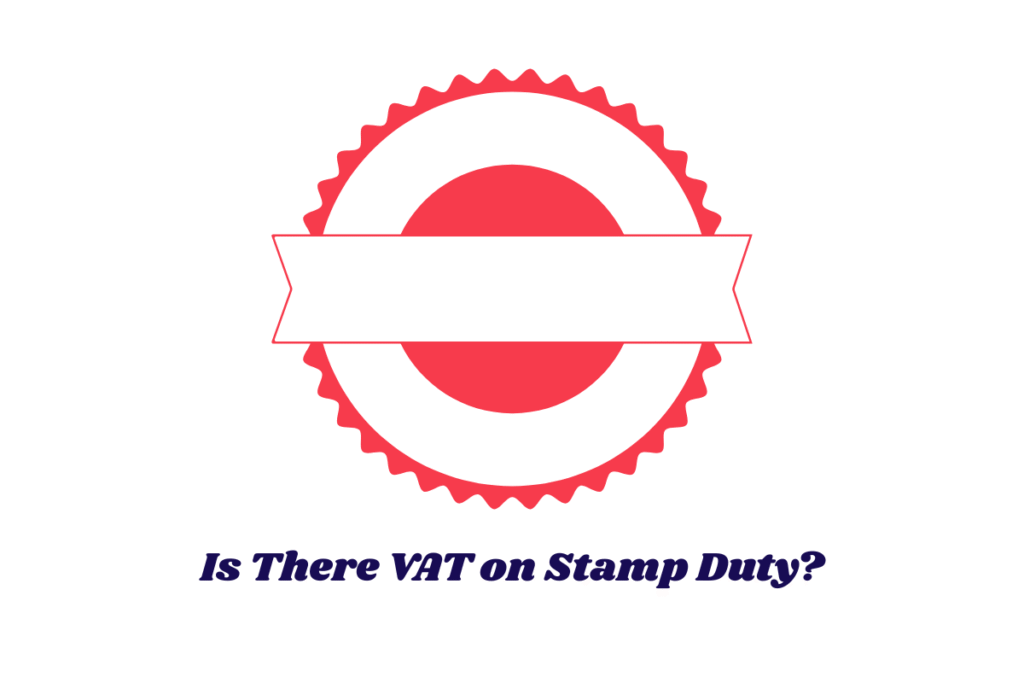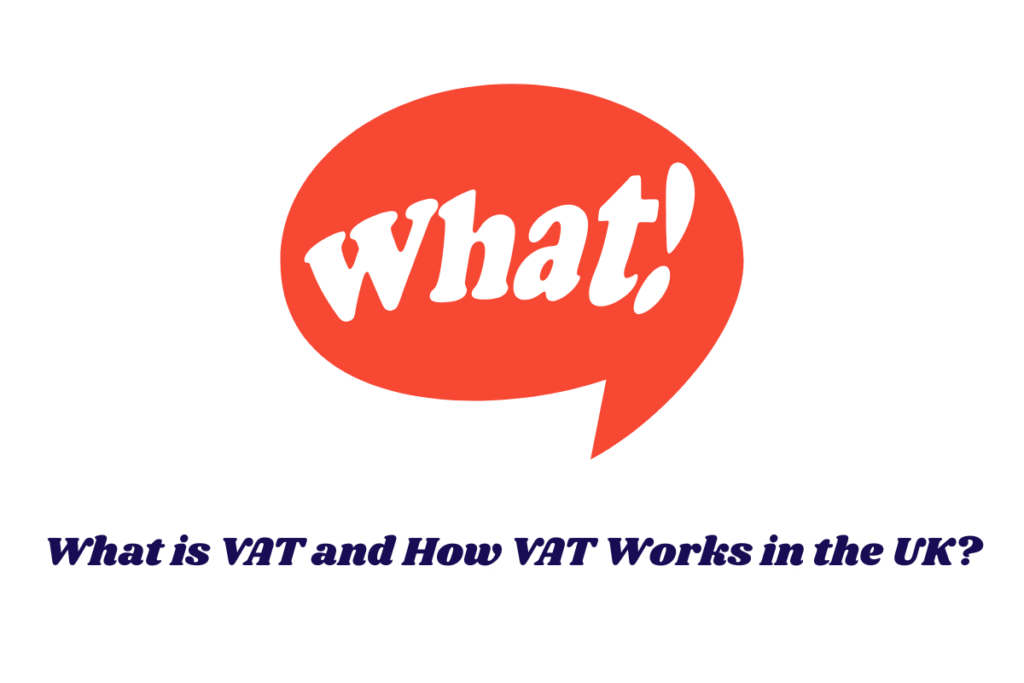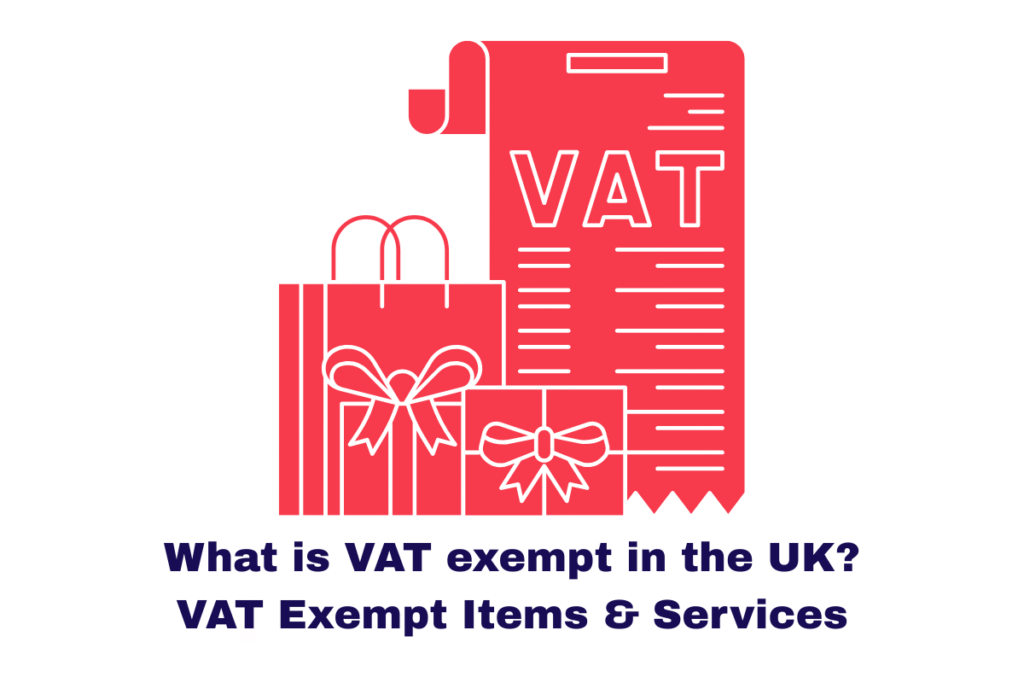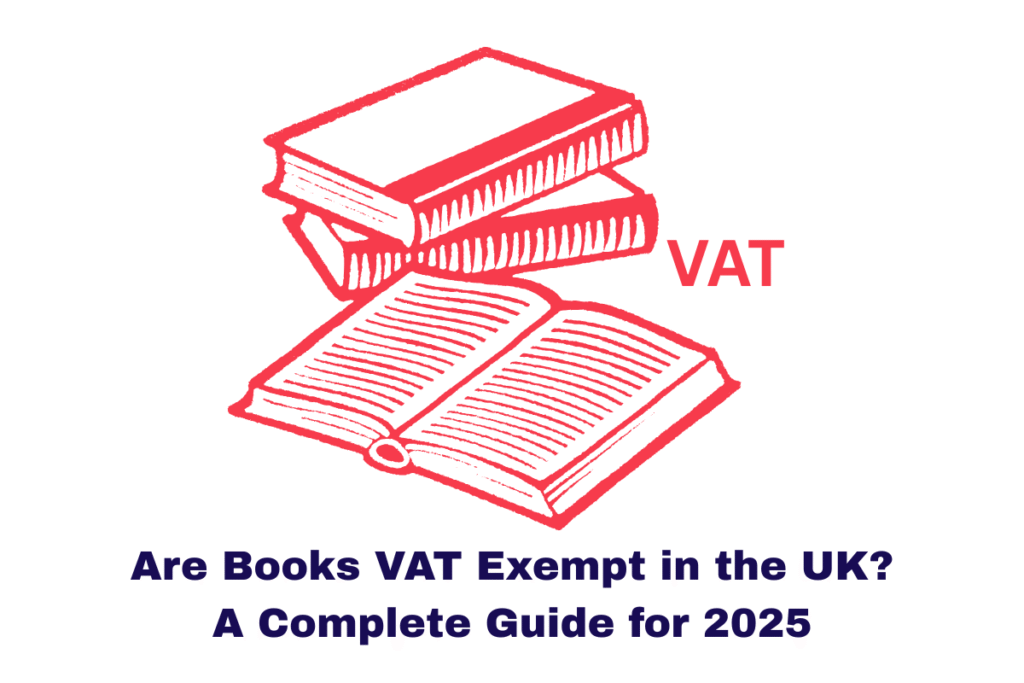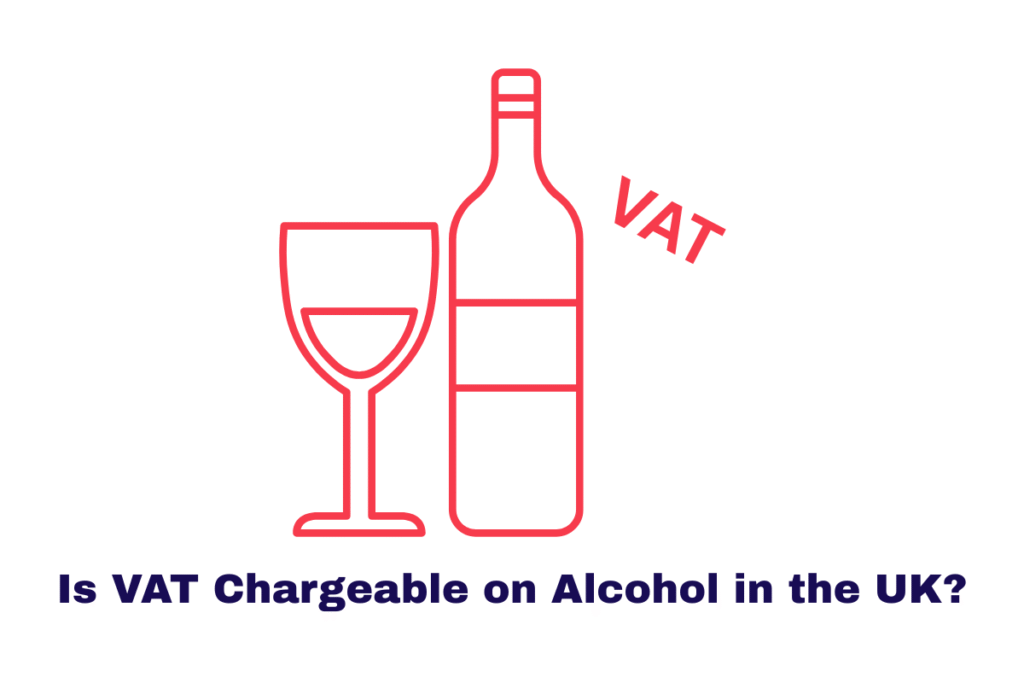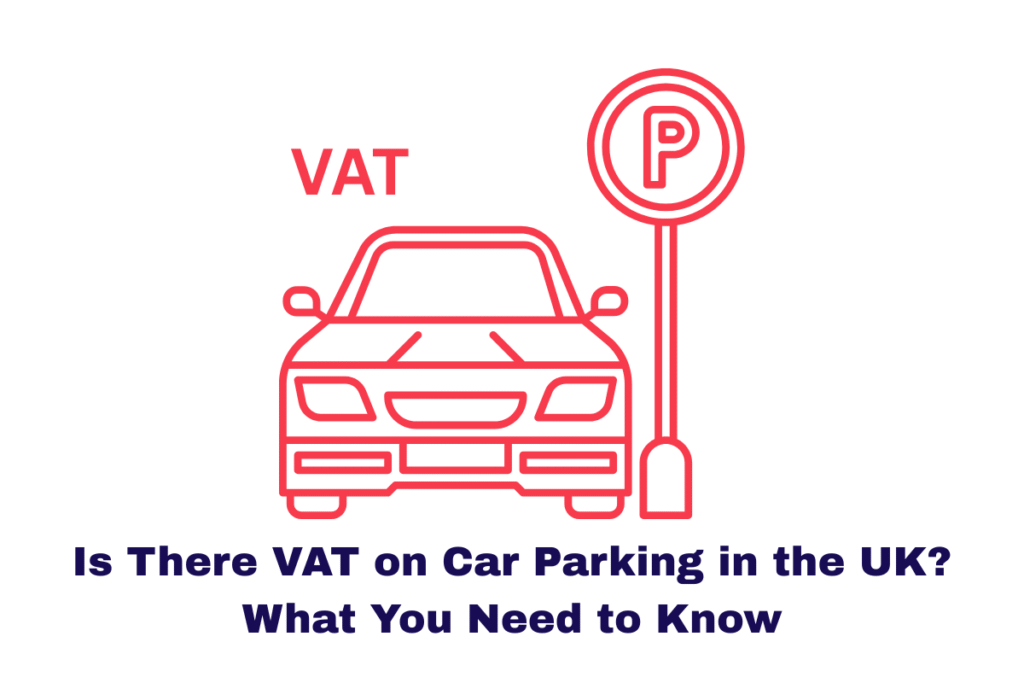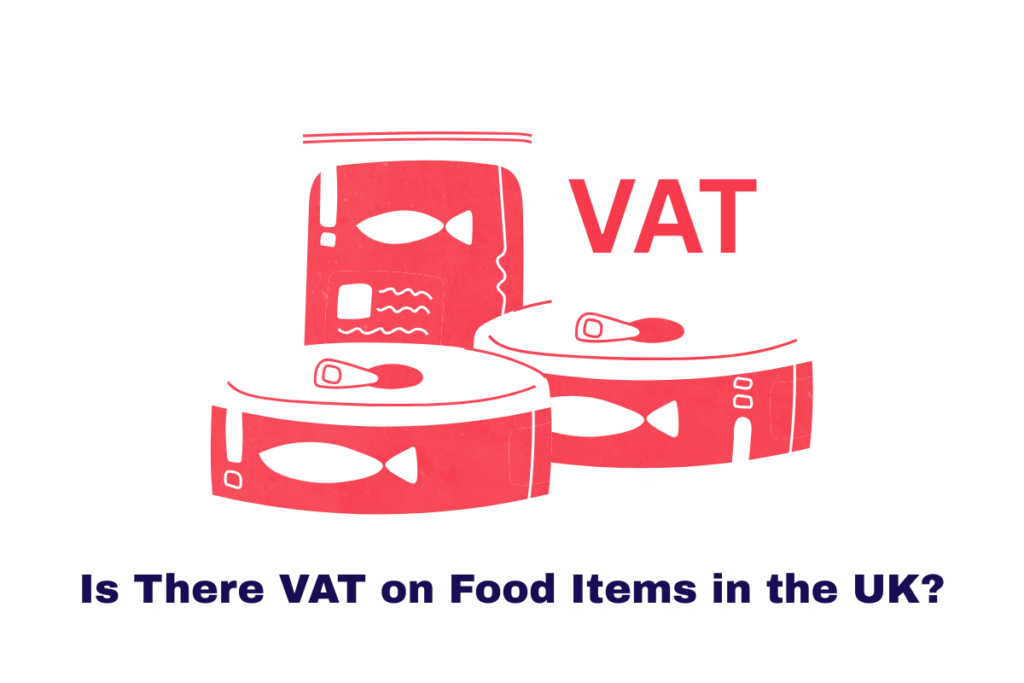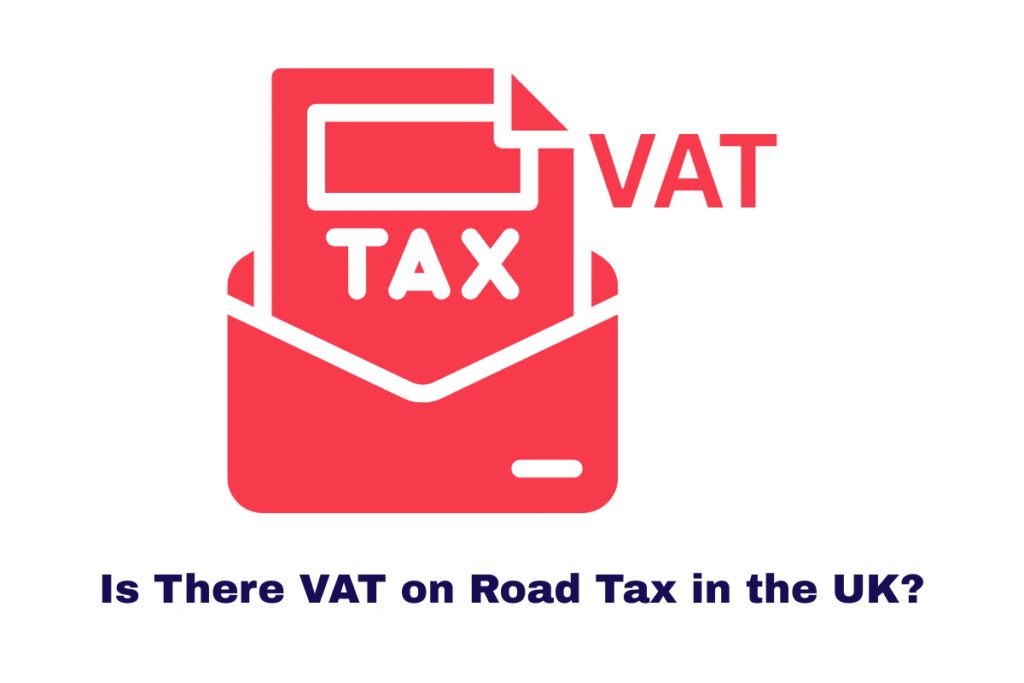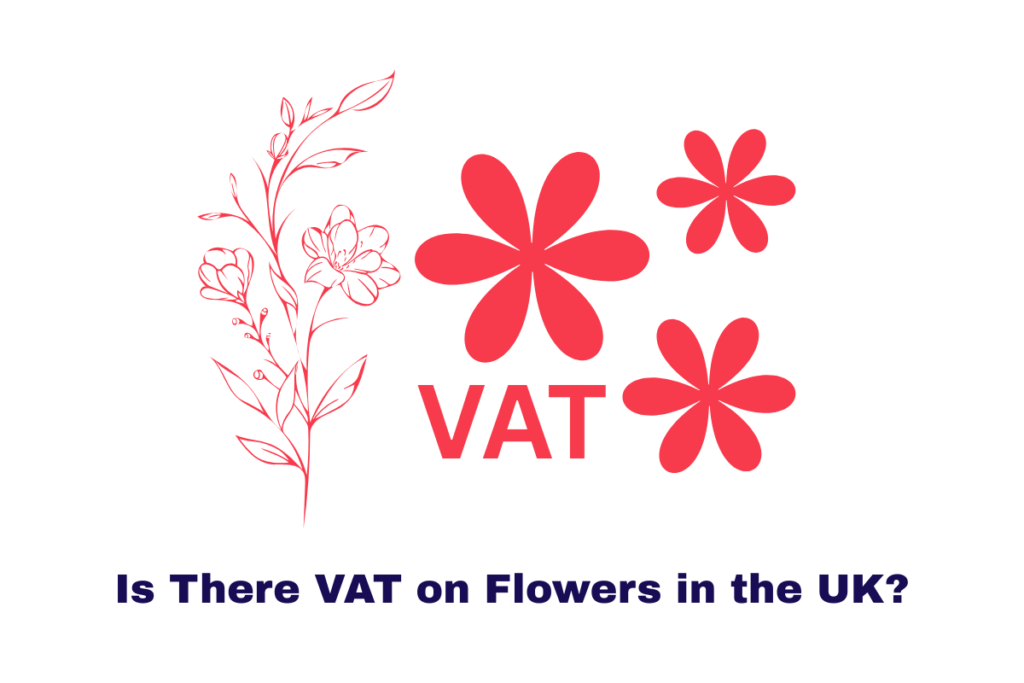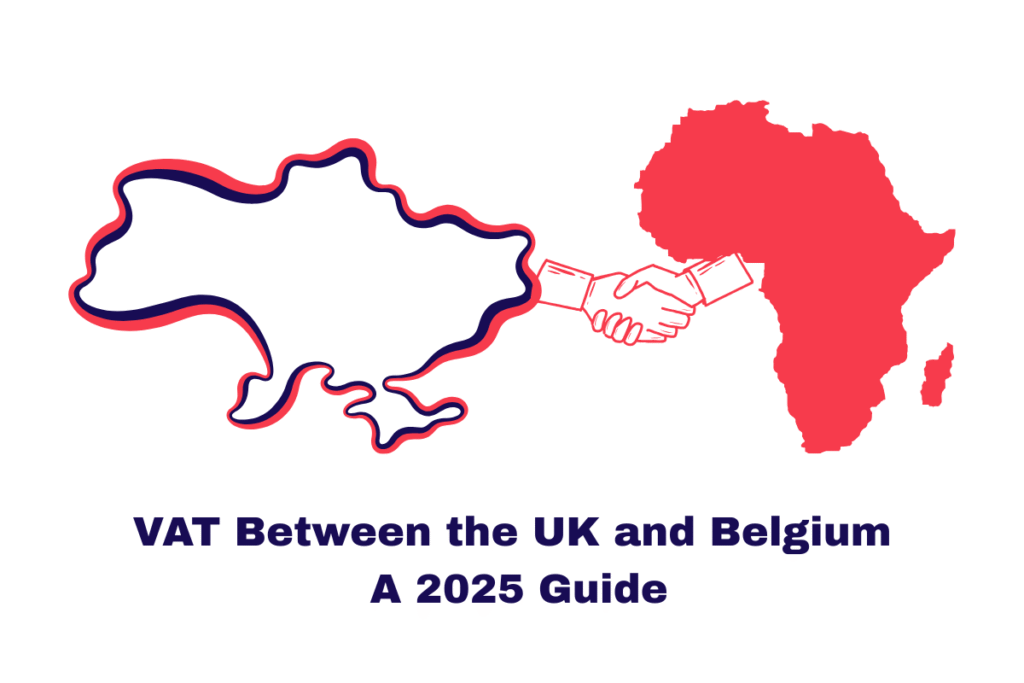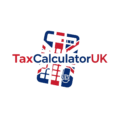Stamp Duty Land Tax (SDLT) is a UK transaction tax charged on the purchase of residential and commercial property, and its interaction with Value Added Tax (VAT) determines the final cost of many deals.
SDLT on commercial property becomes particularly relevant when the seller has exercised the Option to Tax under HMRC VAT Notice 742, because VAT added to the purchase price increases the chargeable consideration used to calculate the SDLT liability.
A commercial property with VAT applied at 20%, a lease premium subject to VAT, or a non-TOGC sale creates scenarios where VAT directly influences the SDLT calculation.
UK buyers, investors, and solicitors rely on clear rules governing VAT on land and property to ensure accurate SDLT filings, prevent HMRC penalties, and budget correctly for high-value acquisitions.
Understanding the SDLT and VAT in the UK Context
To truly grasp the dynamics of VAT on stamp duty, we must first establish a clear understanding of each tax independently.
What Exactly is Stamp Duty Land Tax (SDLT)?
Stamp Duty Land Tax (SDLT) is a tax levied by the UK government (HMRC) on the purchase or transfer of land and property in England and Northern Ireland. (Scotland and Wales operate their own land taxes: LBTT and LTT, respectively).
SDLT is assessed on the ‘chargeable consideration’, the payment, or value of payment, given for the land or property. This is a critical term, as it is the definition of the chargeable consideration that dictates whether is stamp duty calculated including VAT.
For up-to-date SDLT rates and thresholds, always refer to the official HMRC guidance on Stamp Duty Land Tax (SDLT).
The Mechanics of Value Added Tax (VAT)
VAT is a consumption tax charged on the supply of goods and services. The standard rate in the UK is 20%.
The vast majority of standard residential property transactions are exempt from VAT, meaning no VAT is charged on the sale price, and therefore the question of vat on stamp duty does not arise.
It is in the realm of commercial property where the VAT rules drastically change the SDLT equation.
Is There VAT on Stamp Duty?
The straightforward answer is: NO, VAT is not charged on stamp duty. SDLT is a standalone tax that is not subject to Value Added Tax (VAT).
While VAT applies to some elements of property transactions, such as new commercial buildings or construction services, it does not apply to the stamp duty itself.
This clarification comes directly from HMRC, the official tax authority in the UK. According to HMRC, VAT is not imposed on residential property purchases, and SDLT operates independently.
Is Stamp Duty Calculated to Residential Property including VAT?
For the average UK homeowner, the answer to Do I have to pay VAT on stamp duty? is almost always straightforward: NO.
Standard Residential Sales
The supply of existing residential property is almost always exempt from VAT. This means if you buy a second-hand house or flat, the purchase price does not have VAT added to it.
Since the chargeable consideration (the purchase price) does not include a VAT element, the calculation for SDLT remains clean.
Example Scenario (Residential):
-
Purchase Price: £300,000
-
VAT on Purchase Price: £0 (Exempt)
-
Chargeable Consideration for SDLT: £300,000
-
The resulting SDLT liability has no component of VAT on stamp duty.
New Build Residential Property
When buying a newly constructed residential property from a developer, the sale is typically zero-rated for VAT. Zero-rated is not the same as exempt.
While both result in a 0% charge to the buyer, the zero-rating allows the developer to reclaim the input VAT they incurred in construction.
Crucially for the purchaser, the purchase price remains free of any VAT charge, meaning that is stamp duty calculated including VAT? remains “No” in this common scenario.
When VAT Intersects with SDLT on a Commercial Property
This is where the concept of VAT on stamp duty becomes a critical calculation for investors and businesses. Commercial property transactions (offices, retail units, warehouses, etc.) are complex because the sale is usually exempt from VAT, unless the seller has opted to tax the property.
The Option to Tax (OTT) and its Impact on VAT on Stamp Duty
The ‘Option to Tax‘ (often referred to as a VAT election) is a choice a commercial landlord or property owner can make to charge VAT (at the standard rate of 20%) on the rent, lease, or sale of their property.
They usually do this so they can recover the VAT they have paid on the costs of running, maintaining, or developing the building.
If a seller has opted to tax the building, the buyer must pay 20% VAT on top of the negotiated price. This has a direct and significant impact on the question, is stamp duty calculated including VAT?
The Definitive Rule on Chargeable Consideration
HMRC explicitly states that if the consideration (price) for the transfer of land or property is subject to VAT, the VAT element must be included in the ‘chargeable consideration’ used to calculate SDLT.
This is the core tax principle that creates the effective VAT on stamp duty cost.
Example Scenario (Commercial Property with Option to Tax):
-
Negotiated Purchase Price (Net): £1,000,000
-
VAT Charged (20%): £200,000
-
Total Cash Consideration Paid: £1,200,000
-
Chargeable Consideration for SDLT: £1,200,000
In this case, the SDLT is calculated on the higher figure of £1,200,000. The buyer is effectively paying VAT on stamp duty because a portion of the total SDLT is attributable to the VAT element of the transaction.
This is why investors need to budget carefully for vat on stamp duty when dealing with commercial properties.
For detailed information on when and how an option to tax is made, please review the HMRC guidance on VAT and Land and Property.
Dealing with Associated Transaction Costs and SDLT
When calculating SDLT, it is not just the property price that matters. The ‘chargeable consideration’ is broad and can include several other costs associated with the transaction, many of which are subject to VAT.
VAT on Solicitors’ and Surveyors’ Fees
When a solicitor, surveyor, or tax advisor provides a service, they will charge VAT (usually 20%) on their professional fees. Do I have to pay VAT on stamp duty for these services? No, but you do pay VAT on the service.
However, these professional fees, and the VAT charged on them, are generally not included in the chargeable consideration for SDLT calculation, as they are costs for the services of completing the transfer, not costs for the land itself.
Fixtures and Fittings
The distinction between fixtures (part of the land) and fittings (chattels) is crucial for both VAT and SDLT.
-
Fixtures: Items permanently attached to the building (e.g., central heating, fitted bathrooms). Their value is included in the chargeable consideration, and if the property is opted to tax, they are subject to VAT, meaning their value contributes to the potential VAT on stamp duty cost.
-
Fittings/Chattels: Items that can be easily removed (e.g., freestanding wardrobes, carpets, curtains). These are not usually included in the chargeable consideration for SDLT. A separate payment for these might attract VAT at the standard 20% rate, but their value is segregated from the land price, thus avoiding an increase in the SDLT base.
Prudent tax planning is required here to ensure that the apportionment is commercially realistic and defensible to HMRC, thus mitigating unnecessary vat on stamp duty exposure.
When Do You Pay SDLT?
SDLT is due within 14 days of completing your property purchase. Typically, your solicitor, agent, or conveyancer will handle the filing and payment on your behalf. Failing to meet the deadline can lead to penalties and interest charges imposed by HMRC.
It’s important to note that even if no SDLT is due, a return must still be submitted unless the transaction is fully exempt.
Read Our more Detailed Guides on VAT:
Is There VAT on Flowers in the UK?
How to Find VAT Number of a Business?
Is VAT Chargeable on Alcohol in the UK?
Is There VAT on Car Parking in the UK?
Who Needs to Pay SDLT?
You are liable to pay SDLT if:
- You’re buying a freehold or leasehold property
- You’re purchasing through a shared ownership scheme
- You’re transferring land or property in exchange for payment (e.g., taking on a mortgage)
However, there are exemptions. SDLT does not apply in cases such as:
- Gifts of property where no money changes hands
- Transfers due to divorce or separation
- Transfers in a will
Stamp Duty Land Tax Rates (2025-26)
The SDLT rates differ depending on your buyer status (first-time, second-home buyer, non-UK resident) and purchase price. Here is the current rate table:
| Property Value | Standard Buyer | Second Home Buyer | Non-UK Resident |
| Up to £250,000 | 0% | 3% | 5% |
| £250,001–£925,000 | 5% | 8% | 10% |
| £925,001-£1.5 million | 10% | 13% | 15% |
| Over £1.5 million | 12% | 15% | 17% |
Additionally, non-UK residents must pay a 2% surcharge on residential property purchases above £40,000.
First-Time Buyer Relief
If you’re a first-time buyer, you don’t need to pay SDLT on property purchases up to £425,000. If your property costs up to £625,000, you only pay SDLT on the portion above £425,000.
To qualify, you and anyone else buying the property must be first-time buyers and intend to live in the home as your main residence.
A Closer Look at the Curious Case of “The Stamp”
One of the question often associated with this topic is Do you pay VAT on a stamp? This phrase likely stems from a historical misunderstanding of the term ‘Stamp Duty’.
Historically, Stamp Duty was literally a physical stamp placed on documents to denote that tax had been paid. The term ‘stamp’ in this context refers to postage or revenue stamps, which are typically exempt from VAT when used for postal services.
If the question is about an actual adhesive postage stamp, then the provision of postal services by Royal Mail is exempt from VAT. Therefore, you do not pay VAT on a stamp used for post, and this has no bearing on vat on stamp duty or SDLT liability.
The property tax is now officially Stamp Duty Land Tax (SDLT), and the word ‘stamp’ is purely historical, thus confirming that the common misconception, Do you pay VAT on a stamp?, is not relevant to property tax.
Refunds on SDLT and How to Claim
If you paid the 3% higher rate because you already owned another home, but sold it within 3 years, you may be eligible for a refund of the additional tax.
The refund claim must be made within 12 months of selling your old home or within 12 months of the SDLT return filing date, whichever is later.
More details are available on the HMRC SDLT refund page.
Are There Situations Where VAT May Be Involved?
Although there is no VAT on stamp duty, VAT can still appear in certain parts of a property transaction:
- Commercial property: New commercial builds may have 20% VAT applied.
- Land development: Construction services or converted properties may be subject to VAT.
- Leases: Commercial leases could involve VAT depending on the agreement.
However, VAT and SDLT are calculated and paid separately. If you pay VAT on part of the transaction (like fixtures), it does not affect your SDLT liability or calculation.
Essential Reliefs, Exemptions, and the VAT1614A Form
Expert tax advice is indispensable when dealing with property transactions that involve potential VAT charges, especially concerning reliefs and documentation.
Mixed-Use Property and Apportionment
A property is ‘mixed-use’ if it contains both residential and non-residential elements (e.g., a shop with a flat above it).
-
SDLT Calculation: SDLT is typically charged at the lower, non-residential rates on the entire purchase, provided the property is genuinely mixed-use.
-
VAT Application: If the property is opted to tax, VAT will apply to the commercial element (the shop). The residential element (the flat) remains exempt/zero-rated.
In this scenario, careful apportionment of the price is essential. The part of the total price attributable to the commercial element (which includes the 20% VAT) must be identified.
This commercial part, inclusive of the VAT charge, forms the basis for the chargeable consideration used in the SDLT calculation.
This complex interplay ensures that the question is stamp duty calculated including VAT? must be answered meticulously, based on the commercial portion.
This is a common situation where professional guidance is needed to avoid overpaying on the effective vat on stamp duty cost.
What is VAT1614A?
The form VAT1614A is a crucial piece of documentation for residential landlords and tenants. It is officially titled “Certificate to disapply the option to tax.”
The Purpose of Form VAT1614A
-
Background: Commercial property landlords often opt to tax their buildings so they can recover input VAT. However, if they rent the property out for residential purposes, that residential use is generally considered an ‘exempt supply’ for VAT.
-
The Conflict: If a landlord lets out a property that they have opted to tax, the rental income would ordinarily be standard-rated for VAT. However, the residential use exemption overrides this.
-
The Solution: The tenant (e.g., a person renting a flat in a building that was previously a commercial property) issues form VAT1614A to the landlord. This certificate prevents (disapplies) the Option to Tax for that specific part of the building being used residentially.
Why is VAT1614A relevant to VAT on stamp duty?
If a property investor is acquiring a commercial building with the intent to convert or use part of it residentially, or if they are taking a lease on a commercial property where they will live, the VAT1614A form confirms that the purchase/lease of the residential element will not be subject to VAT.
This, in turn, ensures that the chargeable consideration for SDLT purposes on the residential part is kept low, meaning that part of the transaction is not subject to an effective vat on stamp duty increase.
Understanding What is VAT1614A? is fundamental to managing the tax liability on mixed-use leases and purchases, and you can find the official guidance on HMRC’s dedicated VAT1614A page.
VAT on Stamp Duty for Leases
The application of VAT on stamp duty is significantly more complex in the context of commercial leases than freeholds. The distinction lies between the initial lease premium and the ongoing rent.
VAT on Lease Premiums
When a lease is granted, the tenant often pays a lump sum, known as a premium, to the landlord.
-
If the commercial landlord has opted to tax the building, the premium is subject to 20% VAT.
-
In this instance, the VAT paid on the premium is included in the chargeable consideration for SDLT calculation.
-
The result is a direct charge of vat on stamp duty on the premium, calculated at the higher rate, following the same principle as a freehold sale.
VAT on Commercial Rent (The Rental Flow)
Commercial rent payments are typically subject to VAT if the landlord has exercised the Option to Tax. However, the calculation of SDLT on rent is different:
-
SDLT on rent (the net present value or ‘NPV’) is calculated separately from the premium.
-
Crucially, VAT on rent is not included in the calculation of the NPV for SDLT purposes.
-
This means that while a tenant must pay VAT on their monthly rent, the existence of this VAT does not increase the overall SDLT liability on the rental component.
-
The answer to Do I have to pay VAT on stamp duty? remains complex: Yes, on the premium’s base price, but no, on the rental NPV calculation.
This differentiation is a major point of expert advice that separates general understanding from the intricate mechanics of VAT on stamp duty for leases.
Advanced SDLT Calculation: The Interplay of Taxable Supplies
The definition of a ‘taxable supply’.
The Principle of the ‘Supply of Land’
Under UK VAT law, the transfer of a commercial property where the Option to Tax is in place is classified as a standard-rated supply of goods/services (a supply of land subject to VAT).
When this occurs, the buyer is paying for the land and the associated VAT. The definition of chargeable consideration for SDLT purposes encompasses everything given for the property.
-
HMRC interpretation: The total money paid is the consideration for the land transfer.
-
Consequence: The entire amount, including the VAT component, forms the tax base.
This is the key distinction. If the sale was exempt (standard residential), the consideration would only be the property price. Because the sale becomes taxable (commercial Opted to Tax), the consideration swells to include the VAT, thus incurring an increase in the cost that is attributable to vat on stamp duty.
It is only through understanding the Option to Tax that a buyer can appreciate the true answer to Do I have to pay VAT on stamp duty? The answer being, you pay SDLT on the inflated price created by the VAT.
Avoiding Common Pitfalls and Ensuring Compliance
As UK Tax Advisors, we highlight that failing to account for VAT on stamp duty is one of the most common, and expensive, errors in commercial property transactions.
The Cash Flow Challenge
When VAT is charged on a commercial purchase, the buyer must find an extra 20% of the price at completion. If the buyer is also VAT-registered and the purchase relates to a taxable business activity, they can typically reclaim this VAT from HMRC later.
However, the SDLT is due within 14 days of completion. This means the higher SDLT, reflecting the effective vat on stamp duty cost, must be paid before the 20% input VAT is reclaimed.
This creates a significant, temporary cash flow requirement for the buyer.
Due Diligence: Verifying the Option to Tax
A buyer must always confirm with the seller whether the Option to Tax has been exercised or if the property is subject to a ‘deemed’ Option to Tax (e.g., brand new commercial property).
Never assume the status. If the seller has opted to tax, the question is stamp duty calculated including VAT? is definitively answered “Yes,” and the buyer must adjust their SDLT calculation accordingly to avoid penalties for underpayment.
This due diligence is the professional cornerstone of preventing unexpected vat on stamp duty costs.
The Bottom Line
The question, “Is there VAT on stamp duty?”, is not about one tax being levied upon the other, but rather about the interaction between the ‘chargeable consideration’ for SDLT and the Option to Tax under VAT rules.
In summary, the key take-aways for any UK property buyer or investor are:
-
Residential Property: Generally exempt from VAT. Therefore, the answer to VAT on stamp duty, is almost always no, as stamp duty calculated including VAT is based on a VAT-free price.
-
Commercial Property (Not Opted to Tax): Generally exempt from VAT. SDLT is calculated on the net price.
-
Commercial Property (Opted to Tax): The purchase price is subject to 20% VAT. This VAT is legally part of the chargeable consideration for the SDLT calculation.
-
Essential Documentation: Understanding What is VAT1614A? is vital for any residential element within a commercially opted property, allowing a buyer or tenant to disapply the Option to Tax and mitigate their effective vat on stamp duty liability on that residential portion.
The content provided on TaxCalculatorsUK, including our blog and articles, is for general informational purposes only and does not constitute financial, accounting, or legal advice.
You can also visit HMRC’s official website for more in-depth information about the topic.
